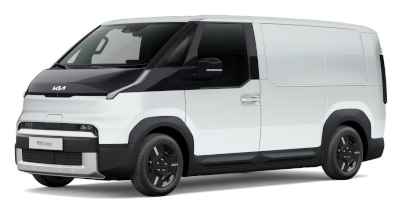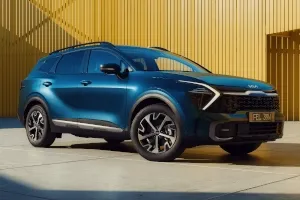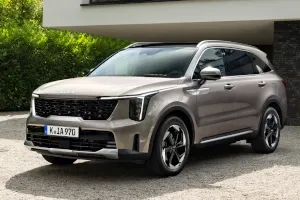What Are Electric Vehicles and How Do Electric Cars Work?

Uncover the essentials of electric vehicles with Kia. Learn how EVs work and why they’re revolutionising transportation.
Electric cars use a large, rechargeable battery to store electrical charge received from an electrical power source. This in turn, is used to power an electric motor, which then drives the wheels. Multiple electrical components work behind the scenes to ensure the right amount of power is delivered to driven wheels according to the prevailing driving conditions.
Is there a difference between the term EV and an electric car? No, they are one and the same. EV has simply become a popular acronym for electric vehicle, which is another term for electric car.
Types of electric vehicles
Battery Electric Vehicles (BEV)
This is the purest form of electric driving because power comes solely from a large, rechargeable battery pack. BEVs don’t rely on a secondary power source, like a petrol/diesel internal combustion engine, so they don’t produce any tailpipe emissions. The battery is recharged with electricity by plugging it into a public charging station, AC wall box or into an AC power socket at home.
BEVs can be simply known as ‘electric vehicles’ and are also referred to as pure electric vehicles and all-electric vehicles. The Kia EV3, EV5, EV6 and EV9 are all Battery Electric Vehicles.
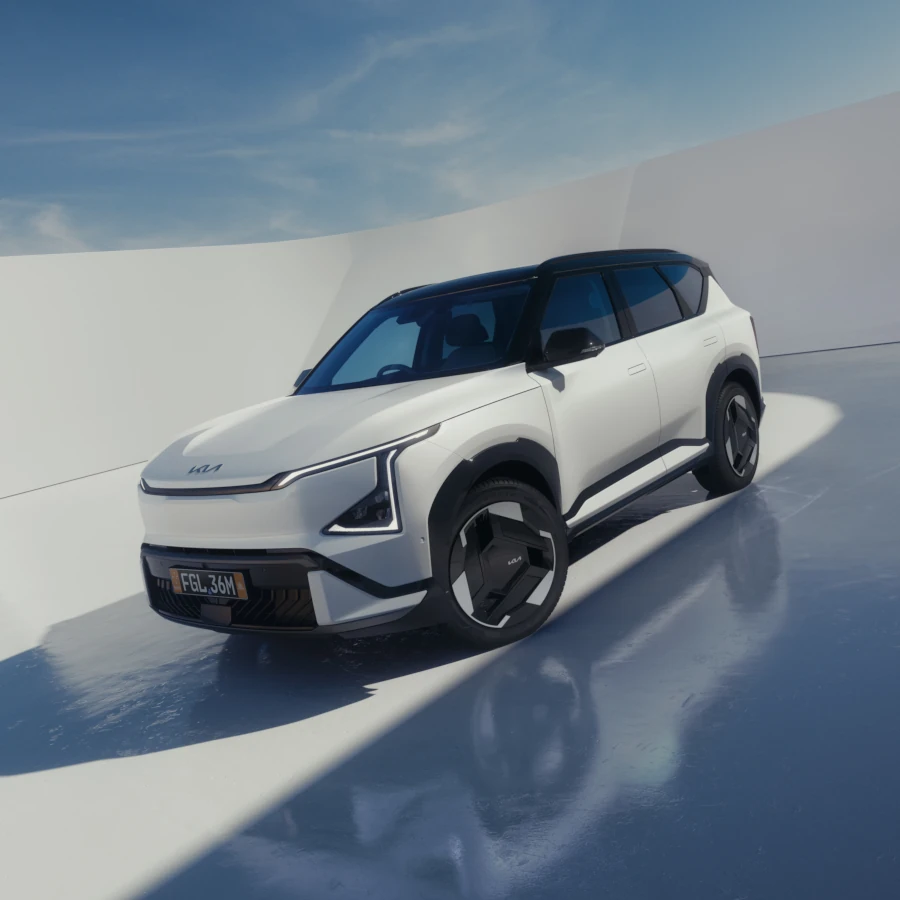
Hybrid Electric Vehicles (HEV)
Unlike a BEV or PHEV, Hybrid Electric Vehicles don’t need to be plugged in to recharge their batteries. Instead they use a small battery pack to power an electric motor that works in conjunction with an internal combustion engine. The battery is so small it can be charged by the petrol-engine, or through regenerative braking, meaning a HEV is ‘self charging’ as you drive.
HEVs, which are also known simply as ‘hybrids’, generally cannot drive on electric power alone but they do bring notable gains in fuel economy by sharing some of the workload of the engine with the electric motor.
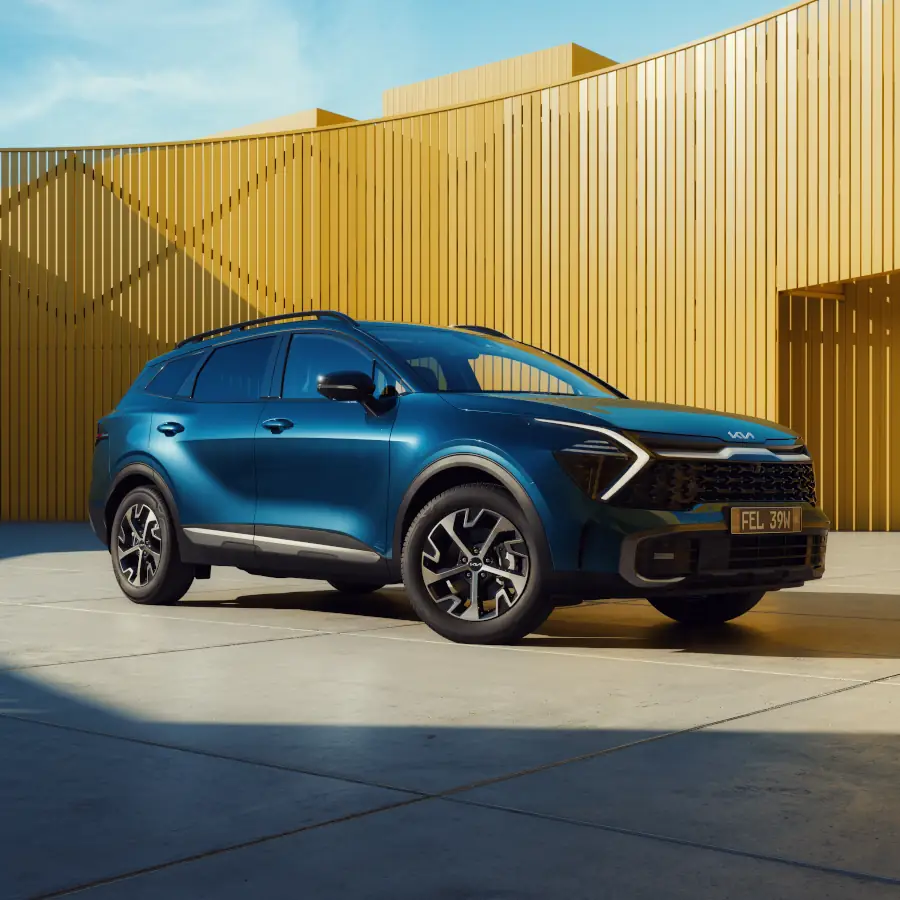
Plug-in Hybrid Electric Vehicles (PHEV)
PHEVs use both an electric motor and a combustion engine to drive the wheels. This gives them the ability to drive solely on electric power or, when the battery is depleted, to rely on the petrol engine. This offers the best of both worlds – electric power on shorter commutes and the flexibility of petrol-power for longer drives.
PHEVs generally use a smaller battery than pure electric cars (BEVs), however as the name implies they can still be plugged in to recharge.
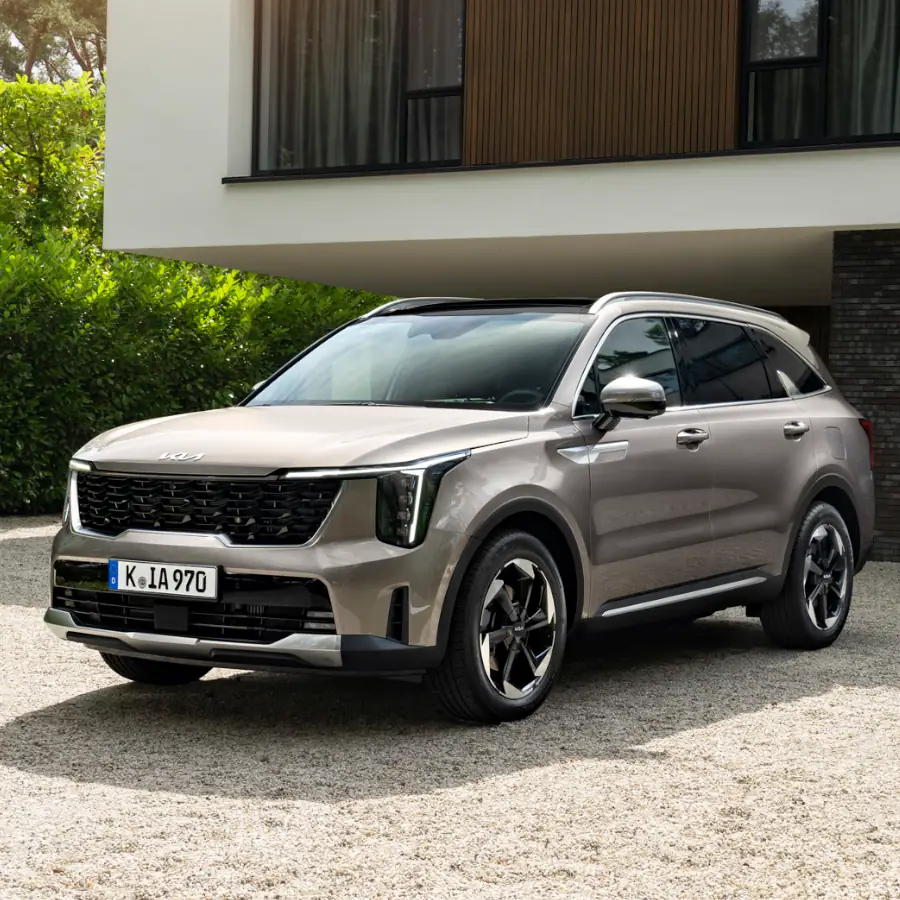
How do electric cars work?
Electric cars are also far more efficient at converting their stored energy into power. Where a petrol engine only converts between 10 and 30 percent of the energy it creates into forward momentum, an EV utilises far higher percentage of its power at the wheels.
To better understand how an electric car works, it can be broken down to a few key components. When combined, the below elements make up an ‘electric powertrain’, which are of the key high-voltage parts that power an EV.
Inverter
Electric motor
Charging port
A public charger for example, might supply an EV with a more powerful DC charge and shorter charging time, whereas a home AC charger will deliver its energy at a lower cost, albeit more slowly. Most electric cars also include a charging cable that can plug into a conventional 240-volt home outlet, although that rate of charge will be slower again.
In Australia, Kia EVs are compatible with Type 2 CCS chargers only. You can check battery charge level through indicator lights near the charging port, Kia Connect app on your compatible smartphone, or through the dashboard screen where available.
Explore Kia Electric Cars
Enter your postcode to
view appropriate pricing for your area.



















